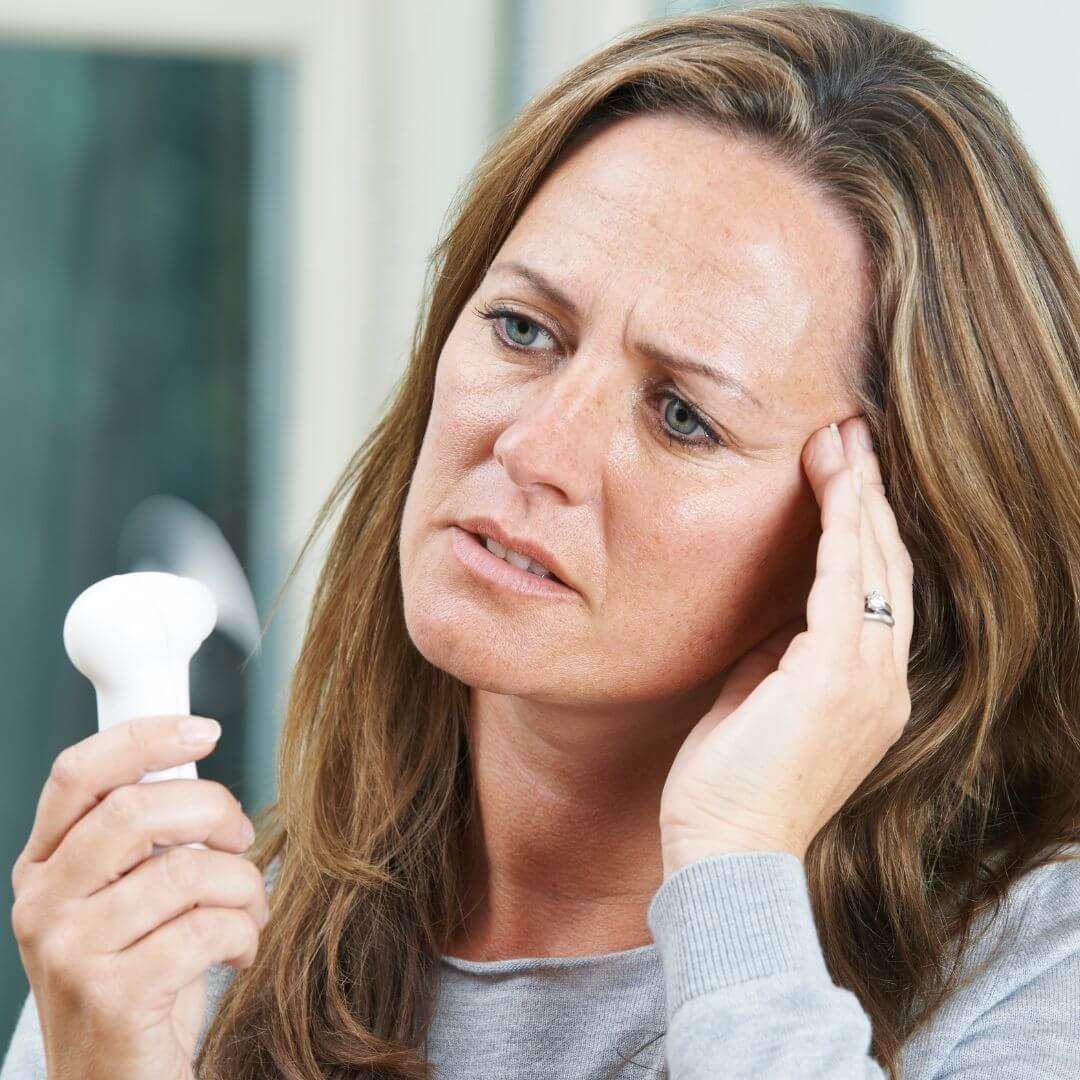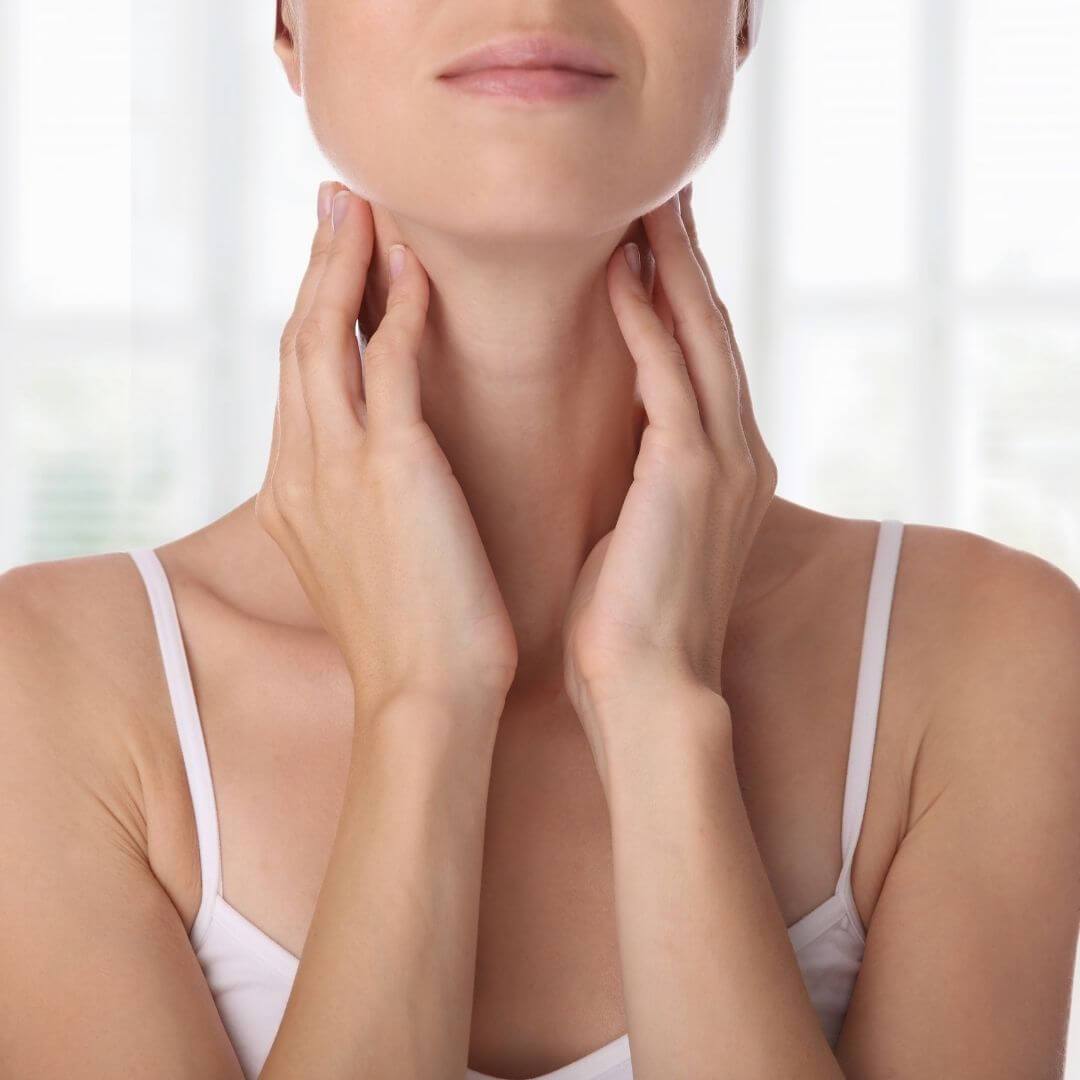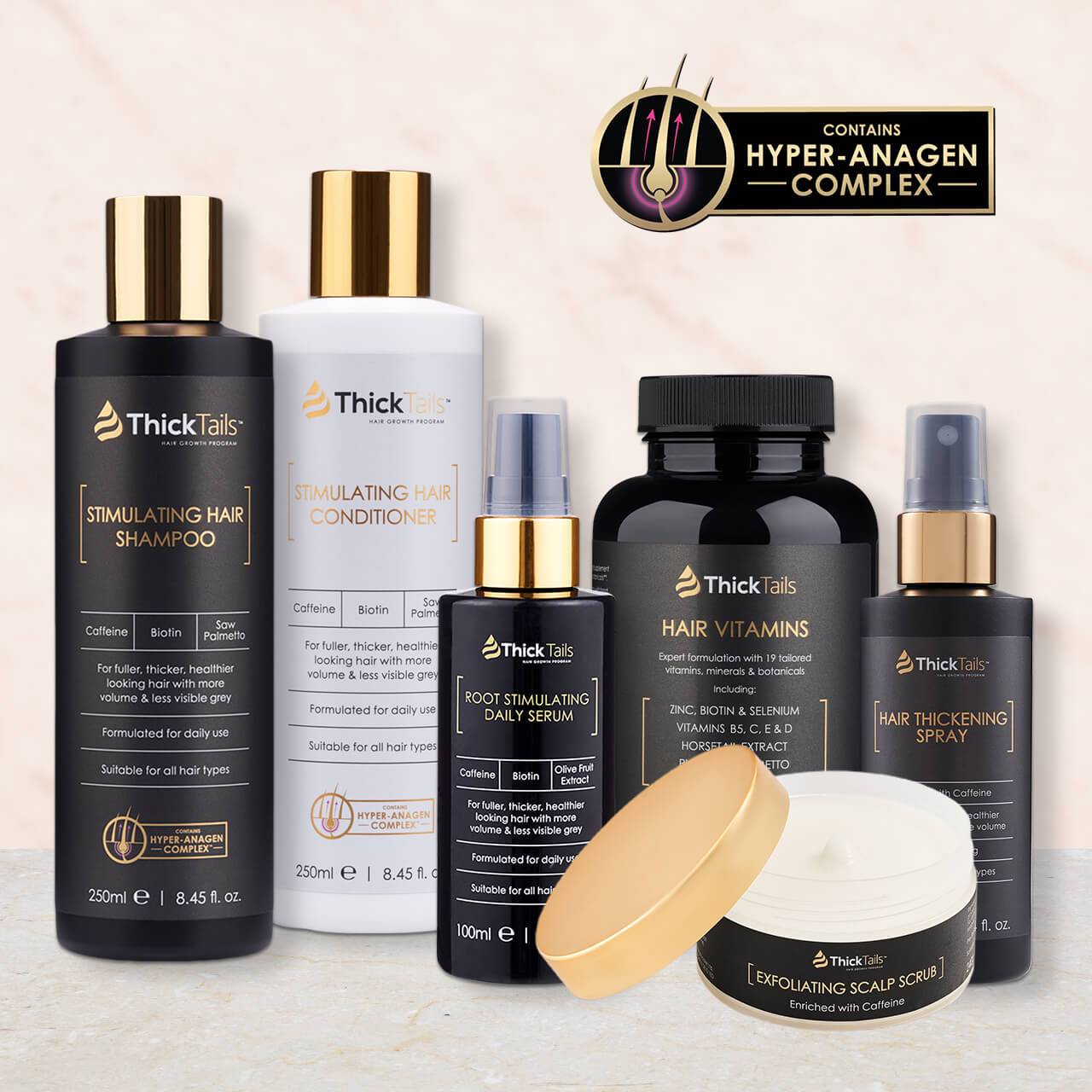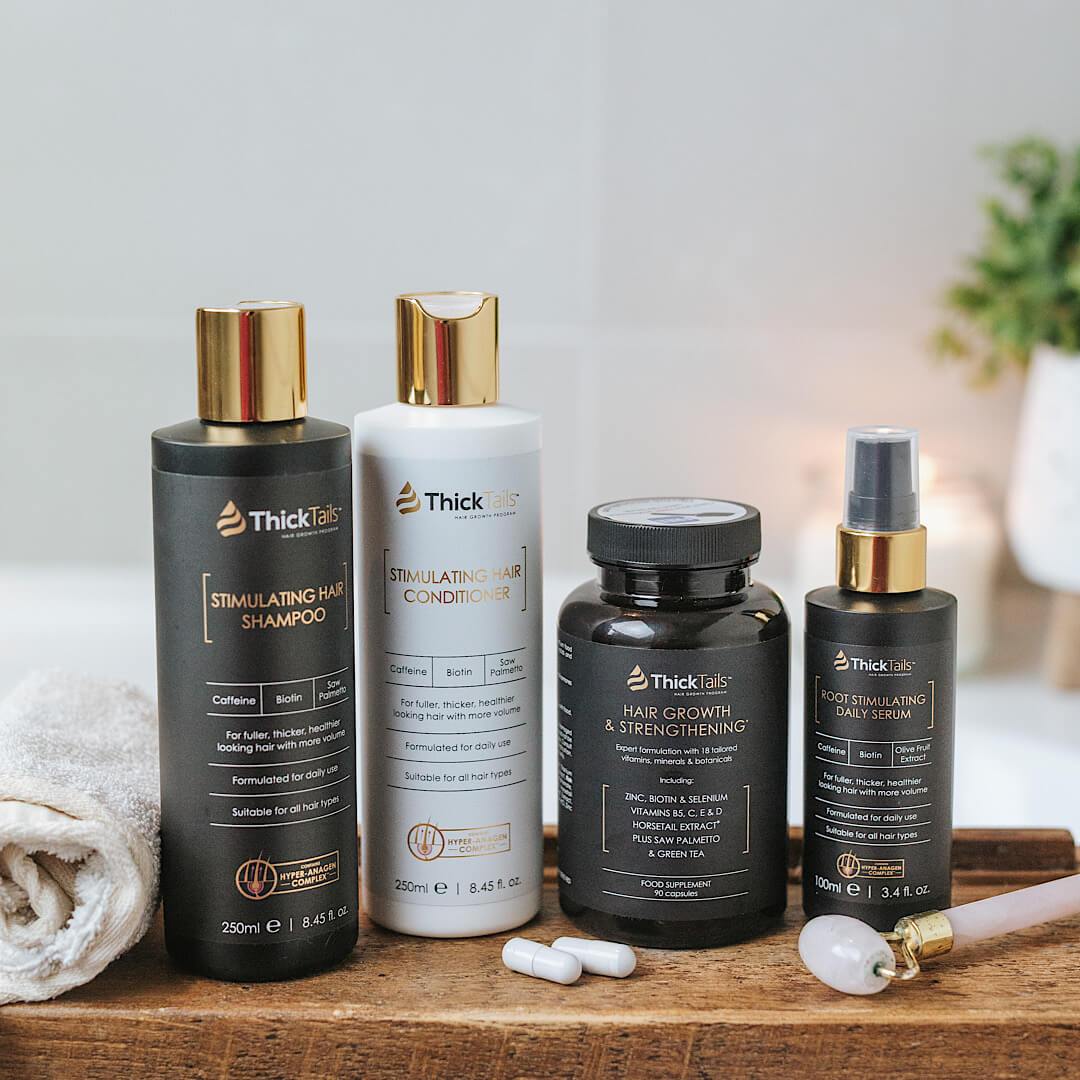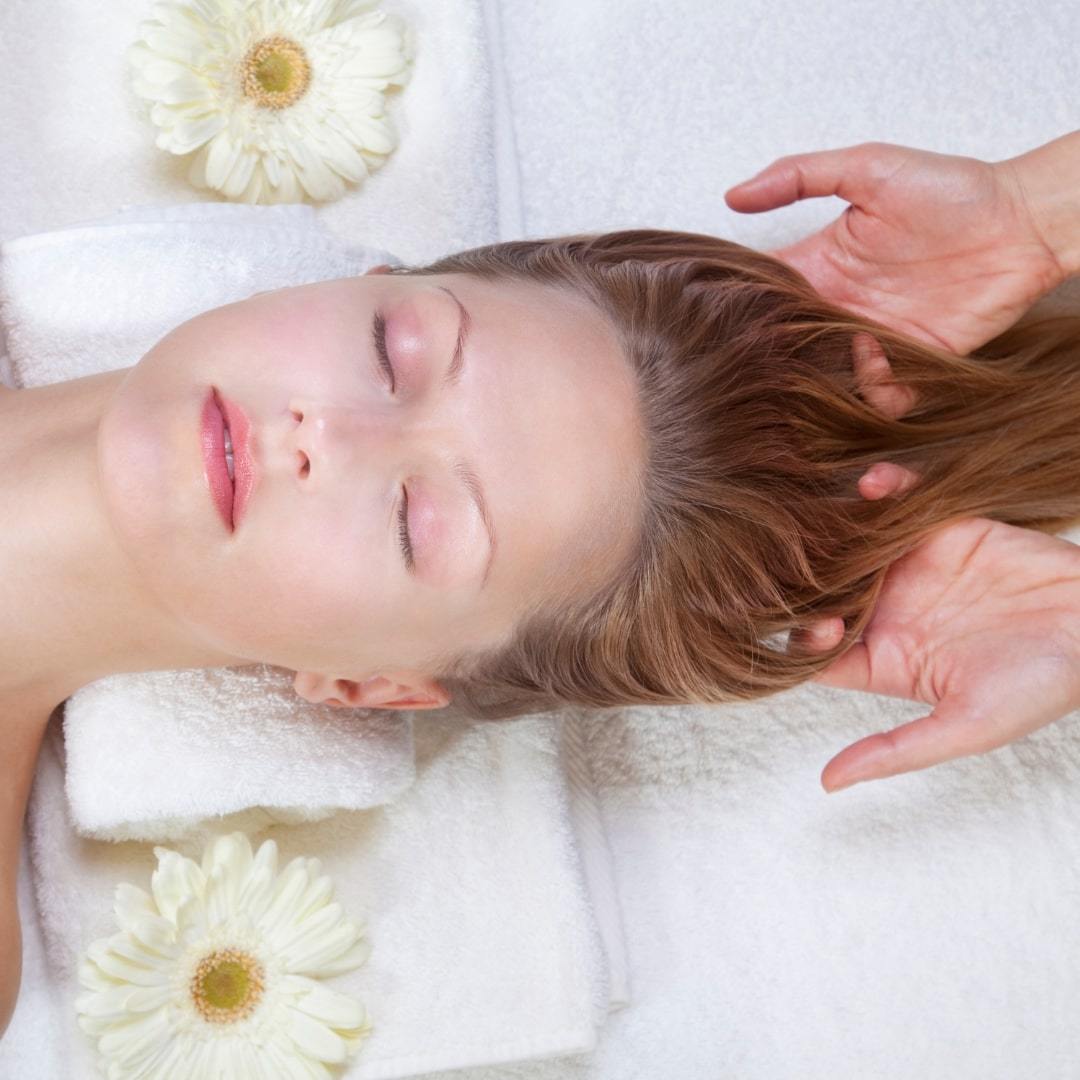Whether it's dealing with a receding hairline, thinning strands, or general hair health issues, men are not exempt from the challenges of hair damage. Fortunately, the journey to repairing hair starts with understanding the nature of damage and what practical steps can be taken. This is especially important in a culture where hair can have significant impact on a man's self-image and confidence.
In this comprehensive guide, we delve into the types and causes of hair damage in men, offering an array of strategies, from robust hair care practices to lifestyle adjustments, to rejuvenate your locks. So, let's embark on this hairy subject and unearth the secrets to replenishing your mane!
I. Understanding Hair Damage in Men

Before we dive into solutions, let's first grasp the causes of hair damage in men. Here are some common types of hair damage
Types of Hair Damage
Hair damage in men can manifest in various forms, including:
Breakage
Excessive heat from styling tools, aggressive brushing, or chemical treatments can weaken hair, leading to breakage. This often results in shorter, frayed ends and a general lack of hair resilience over time.
Thinning
As men age, it's quite common to experience thinning hair due to genetic factors or androgenetic alopecia. Stress, diet, and overall health can contribute to thinning as well.
Scalp Issues
Conditions like dandruff, seborrheic dermatitis, and scalp eczema can affect hair health by creating an unfavorable environment for hair growth.
Causes of Hair Damage in Men
Understanding the root causes of hair damage is crucial in finding effective solutions. The most common culprits for men include:
Genetics
Male pattern baldness, also known as androgenetic alopecia, is the most prevalent cause of hair loss in men. It is hereditary and can begin as early as the late teens.
Hormonal Changes
Fluctuations in hormone levels, particularly an increase in dihydrotestosterone (DHT), can contribute to hair thinning and loss.
Environmental Factors
Exposure to UV rays, pollution, and harsh weather conditions can damage hair shafts and affect overall hair health.
Effects of Hair Damage on Men's Hair Health
The consequences of hair damage extend beyond just aesthetics. Damaged hair is more prone to fall out, can be harder to manage, and often feels coarse and brittle. Poor hair health can significantly impact a man's confidence and self-esteem.
II. Tips for Repairing Hair Damage
Taking care of your hair involves more than just an occasional trip to the barber. Here are some fundamental tips for repairing hair damage at home.
Healthy Hair Care Practices
Incorporating regular and gentle hair care practices into your routine can make a substantial difference in the long run.
Correct Washing Techniques
Use lukewarm water to wash your hair as hot water can strip natural oils, leading to dryness and breakage. Apply shampoo to the roots, and conditioner to the ends, and use your fingertips to massage the products in, never your nails.
The Right Shampoo and Conditioner
Choose products that are suited for your hair type, whether it's oily, dry, curly, or straight. Look for ingredients that can replenish lost moisture and nutrients, such as argan oil, biotin, and keratin.
Regular Trimming
Regular, small trims can help prevent split ends from traveling up the hair shaft. Aim for a trim every 6-8 weeks to maintain healthy ends.
Protective Hairstyles and Accessories
To minimize damage, consider protective styles and the accessories you use on your hair.
Avoid Tight Hairstyles
Hairstyles that pull the hair tight, such as high ponytails or braids, can cause stress on the hair and lead to breakage.
Choose the Right Accessories
Opt for hair accessories made from materials that won't snag or tear at your hair, such as silk scrunchies or padded bands.
Nighttime Protection
Use a satin or silk pillowcase to prevent friction and breakage while you sleep. You can also cover your hair with a silk scarf or bonnet.
Dietary and Lifestyle Changes for Hair Repair
The state of your hair often reflects your overall health. Here's how to ensure your lifestyle supports your goals for hair repair.
Balanced Diet
Eating a balanced diet rich in vitamins and minerals is essential for hair health. Focus on foods high in Omega-3 fatty acids, biotin, and antioxidants.
Hydration
Drinking plenty of water can help keep your body and hair hydrated, preventing dryness and brittleness.
Stress Management
Chronic stress can lead to hair loss. Practice stress-reducing activities, such as meditation, exercise, or spending time with loved ones.
III. Remedies for Hair Repair

In addition to addressing hair health through best practices, there are additional remedies that can provide more targeted repair.
Natural Hair Masks and Treatments
Harness the power of nature with DIY hair treatments and masks.
Coconut Oil Mask
Coconut oil can penetrate the hair shaft to moisturize and repair. Apply warm coconut oil to dry hair, leave on for at least 30 minutes, and then shampoo as usual.
Avocado and Egg Mask
Mix together avocado, egg, and a few drops of essential oil for a protein-rich mask. Apply to damp hair, leave on for 20 minutes, and then rinse with cool water.
Aloe Vera Treatment
Aloe vera gel can soothe the scalp and strengthen hair. Apply directly to the scalp and hair, leave on for 30 minutes, and then rinse.
Specialized Hair Repair Products
Invest in products designed specifically for hair repair and restoration.
Hair serums are formulated to smooth the hair cuticle and provide a protective barrier against environmental damage. They often contain silicones or natural oils.
Leave-In Conditioners
Leave-in conditioners can provide ongoing moisture and protection. Look for products that are lightweight and won't weigh the hair down.
Nutrient-Rich Shampoos and Conditioners
Shampoos and conditioners with added nutrients can help repair damage. Ingredients to look for include vitamins A, C, and E, and biotin.
Professional Treatments for Hair Restoration
Sometimes, professional intervention may be necessary for effective hair repair. Consider the following options:
Scalp Micropigmentation (SMP)
SMP is a non-invasive treatment that uses micro-needles to deposit pigment into the scalp, creating the appearance of thicker hair.
Platelet-Rich Plasma (PRP) Therapy
PRP therapy involves drawing a sample of your blood, processing it to concentrate the platelet-rich plasma, and then injecting it into your scalp to stimulate hair growth.
Hair Transplants
A hair transplant involves moving hair follicles from a part of the body with good hair growth to a bald or thinning part of the body.
In conclusion, repairing hair damage in men is a nuanced process that involves understanding the causes and applying a range of remedies from natural to professional. By taking a holistic approach to hair care and repair, you can restore your confidence and achieve a healthier, fuller head of hair. Remember, consistency and patience are key—your hair didn't become damaged overnight, and the journey to repair will take time and dedication.

